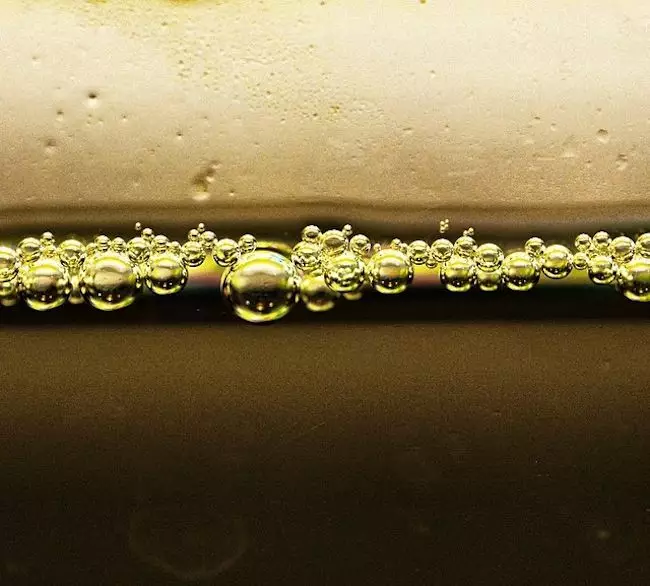An aquarium is often seen as a serene escape, a slice of nature housed in the corner of a living room. The magic lies in its clarity—water so clear that it appears to vanish, leaving only the mesmerizing movements of fish gliding through their aquatic home. However, the beauty of an aquarium can quickly be overshadowed by alarming changes in water quality, particularly when it becomes discolored. While some shifts may be harmless, such as the appealing brown tint from tannins, others can indicate severe problems that threaten the health of your aquatic pets. Understanding the origins and implications of murky or colored water is essential for any aquarium enthusiast.
Identifying the Root Causes of Tinted Water
When water takes on an unwanted hue—be it yellow, brown, or even green—it’s a signal that something is amiss. Cloudy water often hints at a bacterial bloom, where excessive bacteria cloud the water; however, such blooms do not typically cause color changes. Rather, the appearance of shades suggests the presence of dissolved organic compounds (DOCs), which result from decomposing materials within the aquarium. These compounds can stem from a variety of sources: uneaten fish food, decaying plants, fish waste, or worse, a deceased fish that you might not have noticed yet. Each of these elements contributes to a cocktail of contaminants that can wreak havoc on your aquatic ecosystem.
The Role of Tannins
Interestingly, not all discoloration stems from problematic sources. Tannins, organic compounds leached from materials such as driftwood, can turn aquarium water a lovely shade of amber. While this may pose no immediate threat, it can lead to lower pH levels and softer water—conditions that some species of fish, particularly those from South America’s river ecosystems, thrive in. If you’re fortunate enough to maintain a tank with such specimens, the brown tint from tannins might even enhance their well-being and encourage spawning. Therefore, it’s crucial to know your fish species and the specific requirements of their environments to determine whether this natural phenomenon is a cause for concern.
Assessing Water Quality
To diagnose an aquarium’s health, your first step should be to conduct a thorough analysis of the water parameters. Testing for pH levels, ammonia, nitrites, and nitrates will provide valuable insights. If ammonia and nitrite levels are elevated, you are facing a serious issue; these toxins can be lethal, and immediate corrective action is crucial. In this case, a significant water change—up to 50%—is often the quickest way to reduce toxin concentration, immediately improving conditions for your fish.
During your assessment, pay close attention to the tank’s interior. Are there visible signs of decay, like uneaten food or neglected plant life? Does the filter output appear sluggish? Signs of foaming, especially when water is shaken in a container, can indicate excessive protein waste. Broader issues may arise if organic waste is allowed to accumulate, leading to an uninviting environment that can compromise your tank’s overall hygiene.
Maintaining a Balanced Ecosystem
Once you’ve identified the issues at hand, it’s time to leap into action. Begin by addressing the habitat’s cleanliness. Proper cleaning involves removing debris, such as decayed matter or leftover food, and ensuring that the filter system operates efficiently. It’s essential, however, to avoid cleaning everything all at once; staggering your maintenance tasks allows your biological colonies time to adjust and recover. If you disrupt both the substrate and the filtration system simultaneously, it can lead to a cycle of imbalance that worsens conditions rather than correcting them.
An ongoing maintenance routine plays a crucial role in the long-term health of your aquarium. Regularly scheduled water tests and clean-ups will help ensure that any potential problems are identified early on. Such diligence can prevent the recurrence of similar issues, creating a stable environment conducive to your fish’s health.
The Importance of Proactive Management
The visual appeal of an aquarium often masks its delicate balance. Regular monitoring and diligence in maintenance should become second nature to any aquarist. Not only does this practice protect the health of your fish, but it also preserves the tranquility of your aquatic enigma. Understanding the nuances of your tank’s water chemistry and the impacts of routine hygiene practices will empower you to deal effectively with the challenges that arise within this fascinating ecosystem. Maintaining that crystal-clear allure is not simply about aesthetics—it’s about creating a thriving sanctuary for the aquatic life that enriches our environments.

